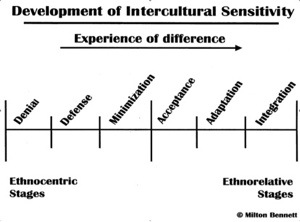 This week I am very much looking forward to a one-day mindfulness retreat next Saturday. One day without speaking, just with myself, letting go and being. Those of you who know me personally might think: ‘how is she going to do that, one day without speaking’ 😉 Actually it is not the first time I will be doing it and every experience has been very enjoyable so far. It really is a moment for yourself, for refilling your batteries and emerging with more power, clearer ideas and very much centered. One day is not much, but given my busy life, the best I can do from time to time.
This week I am very much looking forward to a one-day mindfulness retreat next Saturday. One day without speaking, just with myself, letting go and being. Those of you who know me personally might think: ‘how is she going to do that, one day without speaking’ 😉 Actually it is not the first time I will be doing it and every experience has been very enjoyable so far. It really is a moment for yourself, for refilling your batteries and emerging with more power, clearer ideas and very much centered. One day is not much, but given my busy life, the best I can do from time to time.
You don’t need to go anywhere though to find your inner peace, there are many ways in which you can practice informally, doing whatever you are doing during the day. Here’s how:
- When you look at somebody, pretend that it is the first time you see him/her. Look carefully at what you see. What color is the hair? What are the facial expressions? What do the eyes tell? Is there anything else you notice?
- When you eat, take a moment to really taste the food. Put it into your mouth and try to sense all the flavors. This reminds me of an olive oil tasting that we have done with Dr. Bennett: fantastic. I would have never thought that olive oil could have so many different tastes and smells!
- Next time you go outside, watch the sky, the clouds, the nature around you as if it was the first time you opened your eyes and saw them. What do you see/smell/hear/perceive?
- Next time you take a shower, feel the water on your skin and try to stay with the water and your feelings instead of letting your mind wander away (this is a particularly difficult exercise for me, especially in the morning when thousands of things cross my mind; eventually you do get better though!)
- Take a couple of deep breaths, following the air through your body. From the nose, to the throat, to your chest and maybe even your legs and arms and the other way back. Tune into yourself, how do you feel? There is nothing to do, just to let go.
These tips are just a couple of hints regarding what you could do during the day; be creative, set your alarm clock to a certain time every day and when it rings, stop everything you are doing and remain mindful for just a couple of minutes. Be fully with whatever you are doing and try not to multitask… with practice, it will become easier and you won’t need an alarm to remind you to be mindful at least once a day.
Here’s wishing you an excellent week!
Jenny




